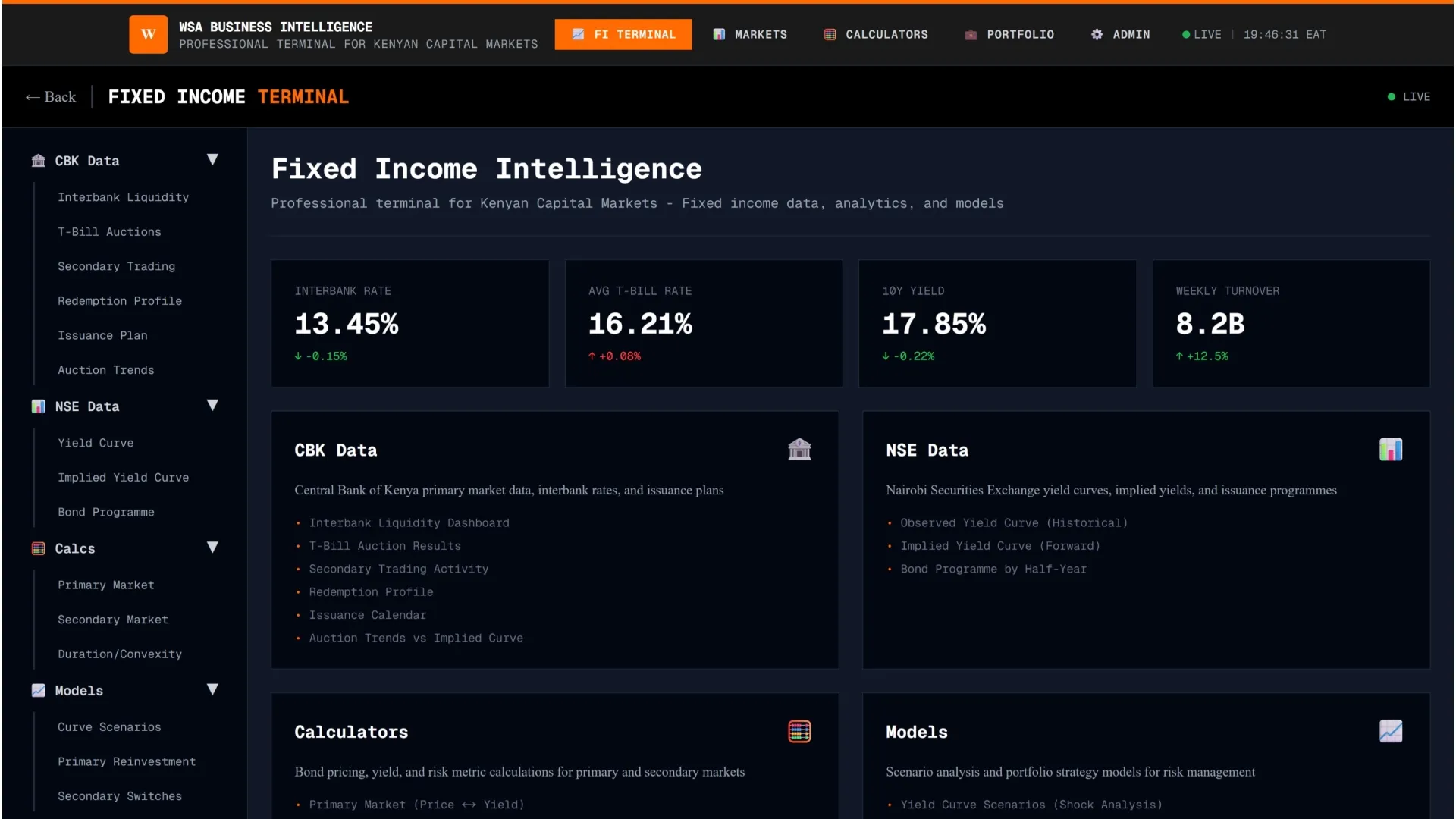Scientists and policymakers from across the Greater Horn of Africa have convened in Nairobi for the 71st Climate Outlook Forum (GHACOF 71), against the backdrop of worsening climate extremes that threaten lives and livelihoods in the region.
- •Over its 28 years of existence, GHACOF has evolved into a cornerstone for regional climate services, providing a platform for scientists, policymakers, and users to align forecasts with strategies in agriculture, water, health, energy, and disaster risk management.
- •The forum comes as the region prepares for the October–December 2025 short rains season outlook, a critical period for food security and water availability.
- •The forum is expected to produce actionable recommendations for governments, humanitarian agencies, and the private sector to better respond to the climate crisis.
Organised by the IGAD Climate Prediction and Applications Centre (ICPAC) in partnership with the Kenya Meteorological Department, the two-day forum is addressing how climate services can bridge gaps in early warning and strengthen preparedness.
Opening the forum, Kenya’s Cabinet Secretary for Environment, Climate Change and Forestry, Dr. Debora Barasa, warned that the Greater Horn of Africa is facing escalating risks from erratic rainfall, prolonged droughts, and devastating floods.
“These climate-related risks do not respect borders; they test the resilience of both IGAD and EAC Member States alike,” Dr. Barasa said, stressing that translating seasonal climate outlooks into practical action remains central to building resilience.
IGAD Deputy Executive Secretary Mohamed Abdi Ware echoed concerns over the unpredictability of seasons, noting that reliable forecasts are often undermined by weak dissemination and uptake at the community level.
“When climate information is timely, reliable, and accessible, it saves lives and protects livelihoods. But when it fails to reach the last mile, the cost is counted in human suffering,” Ware said, calling for stronger collaboration between governments, scientists, and development partners to ensure forecasts translate into early action.
Kenya Meteorological Department Acting Director, Edward Muriuki, emphasised that early warning systems are only as effective as the investments made to sustain them.
“We need to ensure that warnings reach everyone, including the most vulnerable communities,” Muriuki said, pointing to county-level climate outlook forums and participatory planning sessions as examples of how forecasts are being translated into action.
Participants at the forum will evaluate the performance of the June–September 2025 season, present the consolidated outlook for October–December, and develop strategies to manage risks.




